Class Reptilia Suborder Sauria | Phylum Chordata Rank Species | |
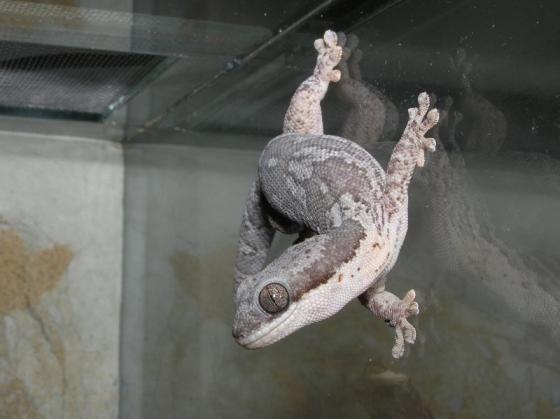 | ||
Similar Homopholis, Wahlberg's velvet gecko, Dwarf yellow‑headed gecko, Blaesodactylus, Holodactylus africanus | ||
Homopholis fasciata
Homopholis fasciata is a small gecko that lives in East Africa.
Contents
- Homopholis fasciata
- In captivity
- Description
- Temperature
- Humidity
- Lighting
- Feeding
- Habitat
- Sexing
- Breeding
- References
Homopholis fasciata
In captivity
In captivity, they require manty hiding spots and 80-90F heating by means of a heat mat.
Description
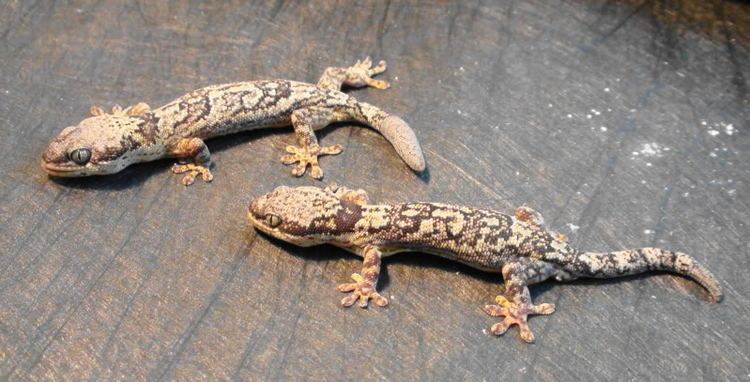
An attractive little gecko with soft, velvety skin. Don’t be too quick to pet one though, most will bite viciously! From Tropical East Africa (Tanzania etc.) where they inhabit wet or dry savannas containing large trees. They can be found hiding under the bark and in the crevasses of these trees. Mostly nocturnal but it may also be somewhat active during the day. The body shape is rather stout with a bunt, non-tapering tail and toes that have both adhesive pads and claws. Overall color ranges through greens, grays and browns with a nice chevron pattern down the back. They grow to 3½" - 4½".
Temperature
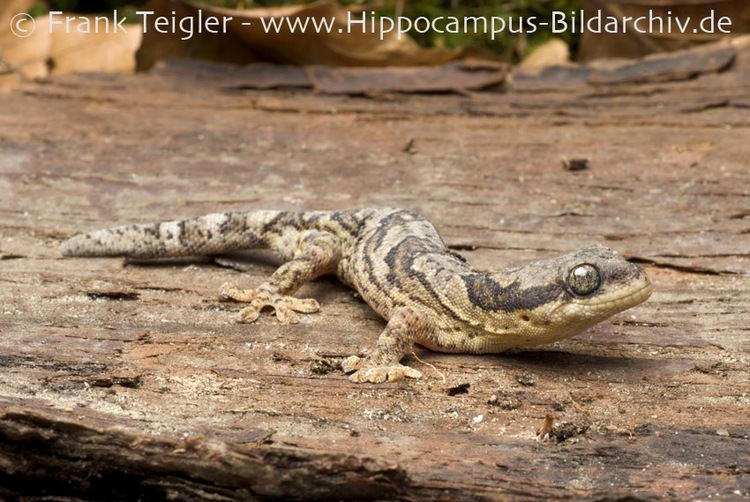
75° to 82°F daytime with a 5° to 10°F drop at night. A daytime hot spot is beneficial, using a 10 or 20 watt halogen light works well.
Humidity
Moderate to high, 60 to 80%, with a gradient between one side of the enclosure and the other. This can be accomplished well by keeping the side where the water dish is located a bit cooler and spraying that area down daily.
Lighting
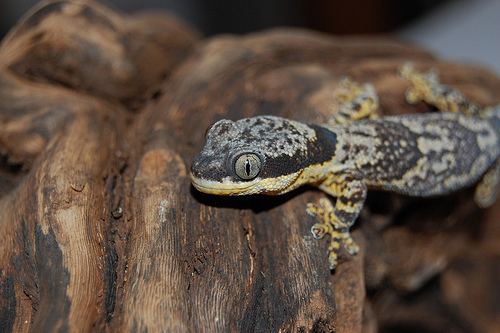
Use plant grow lights on a timer to simulate the tropics, 12 hours on/ 12 hours off. Seasonal day length fluctuations are not needed but could help to stimulate breeding. A dim night light is required for viewing nocturnal activities.
Feeding
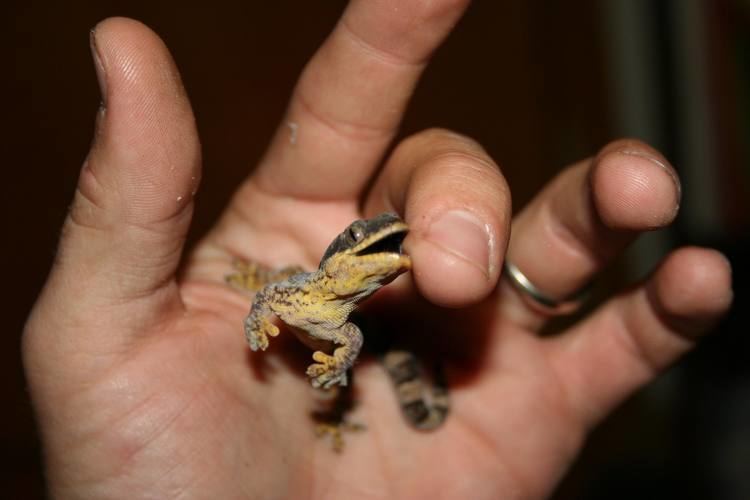
Small crickets are the main staple diet along with small mealworms and various other insects when available. Dusting food items with a supplement (twice a week for adults and more often for young geckos) will help to keep them healthy. Excess calcium will puff out their neck pouches. A bowl of clean water must be available at all times but some will only drink water droplets. Be sure to mist the enclosure daily.
Habitat
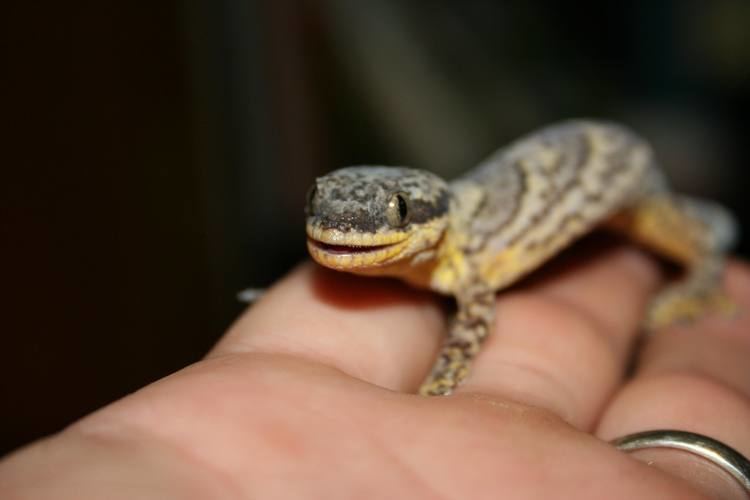
A 10-gallon will work for a pair but a taller tank would be better. Set it up as forest habitat with climbing branches, sturdy plants, hiding places and a warm area or basking spot.
Sexing
Males have hemipenal bulges at the base of the tail. Males also have a pair of pre-anal pores/scales just above the cloacal opening that the females lack.
Breeding
Egg laying may occur during the winter in the Northern Hemisphere. 4 or 5 clutches of 2 eggs each may be laid during the breeding period. The hard-shelled eggs are laid under loose bark, in crevasses or buried in a slightly moist spot. They should be removed for incubation at around 82°F."
